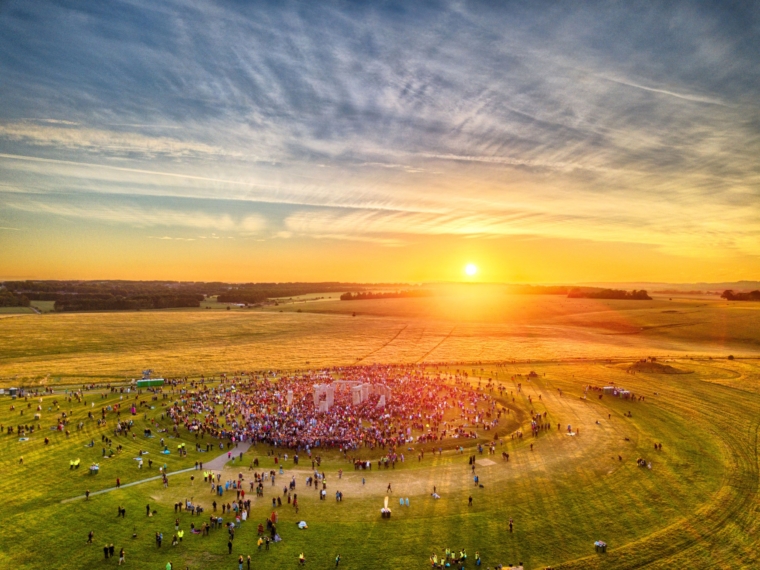Easter has been and gone, bringing with it balmy temperatures which confirmed spring is well and truly here.
After two years of summer being disrupted by Covid-19 restrictions, people around the UK will be eager for this year’s season to be as normal as possible.
But when does summer actually start? There are actually two ways of calculating its first day, so here’s how it all works and all you need to know about the summer solstice.
When does summer start?
What is considered the first day of summer depends on whether you are using the meteorological or astronomical definition of the seasons.
The meteorological is the simpler of the two, splitting the year into four seasons of three full months apiece based on the Gregorian calendar, which makes it easier to compare seasonal and monthly statistics.
This means that every year summer begins on 1 June and lasts until 31 August, with autumn then getting underway on 1 September.

The astronomical season is less straightforward as it depends on the date of the summer solstice, which comes later in June and can vary slightly from year to year.
In 2022, the summer solstice falls on Tuesday 21 June, the same as last year. It can be any date between 20 and 22 of the month, but 21 June is its most common position.
The astronomical summer then lasts until the autumnal equinox, which this year lands on Friday 23 September.
What is the summer solstice?
The summer solstice marks the date of the longest period of daylight and the shortest night of the year, when the Earth’s north pole has its maximum tilt towards the sun.
Slightly confusingly, as well as kicking off the astronomical season, the solstice can also be known as midsummer – because the days begin to get shorter after it has passed.
It has become synonymous with Stonehenge and paganism, but the occasion of the year’s longest day has been celebrated by cultures all over the world since prehistory.
More on UK Weather
Edinburgh Hogmanay events cancelled as warnings issued for wind, rain and snow
Conversely, the winter solstice (or midwinter), which tends to fall around the 21 December, marks the shortest day of the year and the start of the astronomical season.
Equinoxes get their name from the Latin for “equal night”, and mark the only two points in the year when the equator is the closest part of Earth to the sun.
For six months each of the year, either the northern or southern hemisphere is pointing slightly more towards the sun, bringing the warmer temperatures of spring and summer.
The autumnal and spring equinoxes mark when the two hemispheres swap over, while the summer and winter solstices denote the sun reaching its most northerly and southerly points.


Jimmy Carter was right about Israel